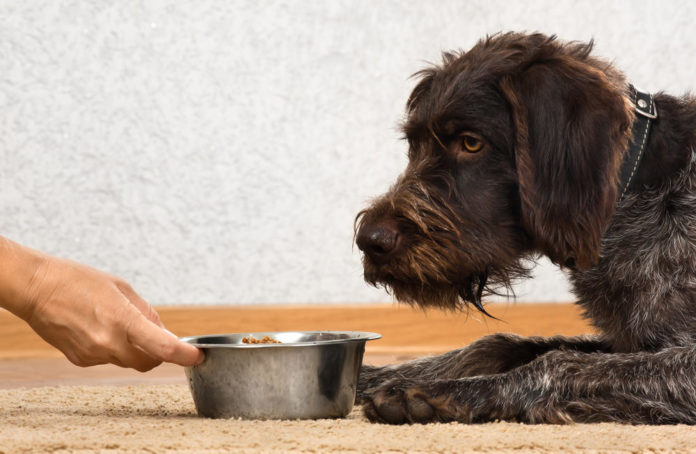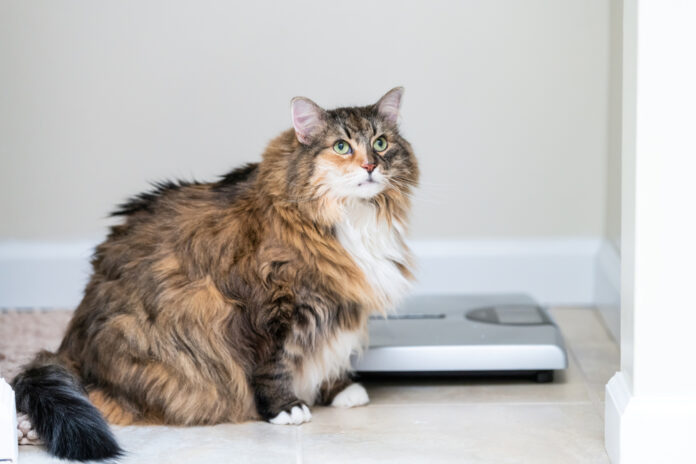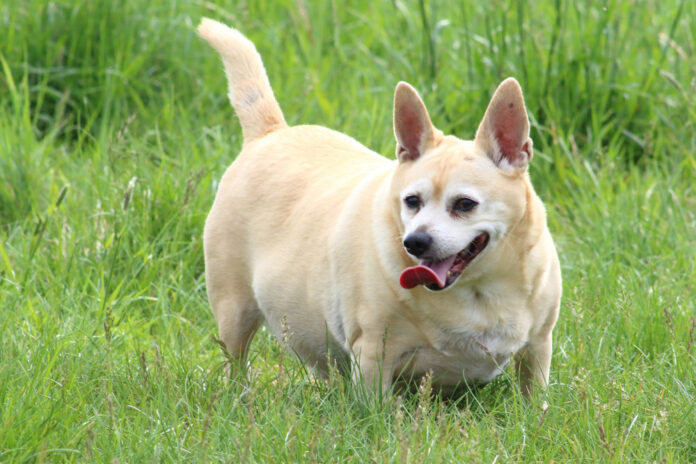Shopping organic for your pet

If you’re like a lot of people, you probably have some questions about organic pet food. What does the term actually mean, and how can you be sure the food you’re buying for your dog or cat is really organic?
Whenever possible, I try to buy organic, even though it means spending more money. Just knowing the food I’m eating isn’t saturated with pesticides or pumped full of hormones makes me feel better. I also now buy organic for my two cats whenever I can. But sometimes I wonder…can I really be sure the word “organic” on a package means what I think it does? Are there any laws or standards governing the use of this term? And do the laws that apply to human food also apply to pet food?
Defining “organic”
What the heck does “organic” mean anyhow? “Simply put, the term implies the growing of produce and manufacture of consumer products without the use of synthetic pesticides, synthetic fertilizers or other synthetic components, sewage sludge, genetically modified organisms or ionizing radiation,” says Heidi Junger, CEO of Onesta Organics. “Organic food is produced by farmers who emphasize the use of renewable resources and the conservation of soil and water to enhance environmental quality for future generations,” adds the USDA website. “Organic meat, poultry, eggs and dairy products come from animals that are given no antibiotics or growth hormones.” The animals must also be given access to the outdoors, an important consideration for those concerned about humane issues as well as good nutrition.
Meeting standards when it comes to organic products, the key word is “certified”. In 1990, Congress passed the Organic Foods Production Act, which meant the USDA had to develop national standards for organic products. The USDA started the National Organic Program (NOP), which requires that products labeled as “organic” come from farms certified by an accredited agent or entity.
“In order for someone to become certified organic they must contact an NOP accredited certifying agent,” says Sam Jones-Ellard, Public Affairs Specialist for the USDA. “The certifying agent audits the operation and ensures that they meet all standards and Federal regulations.” The NOP regulations are stringent and comprehensive, and include standards for production, handling, labeling, certification and accreditation. The same standards apply to both certified human and pet foods. In order to be considered for certification, a farm or handling operation has to submit a plan to a certifying agent. The plan must lay out in detail what practices and substances the farm or facility uses in food production – including even basic things like cleaners and sanitizers. It must also include information about who supplies ingredients not sourced on site, and provide proof of their organic status. The facility’s records must keep track of ingredients and products that come and go from the operation, and there must also be practices in place to prevent organic and nonorganic products from intermingling.
Look at labels
Next time you’re at the grocery store, take a look for products that bear the USDA Organic Seal. This distinctive circular logo reads “USDA Organic” and verifies that the product contains 95% to 100% organic ingredients. Use of the seal is optional but if the packaging says “100% organic” or “organic”, the product has been certified. Use of these terms without certification is punishable by law and can result in an $11,000 fine.
Many different foods and ingredients may be certified organic, from grains and meats to dairy products, vegetables and fruit. However, there are some that can never be certified organic, including all genetically-modified and synthetic ingredients. “The use of Genetic Engineering (GE) technology is not allowed in any organic products at any level,” says Sam. “As a general rule, most natural (nonsynthetic) substances are allowed in organic production and most synthetic substances are prohibited. Salt and water are allowed in organic products and do not count toward the percentage of organic ingredients in the final product.”
There are also currently no organic standards for fish. “The National Organic Program standards do not cover farmed fish and these operations cannot be certified under the NOP.”
Can the term be abused?
Although certified organic food products for both humans and companion animals must comply with USDA standards, you may be wondering if the laws are more apt to be bent or even broken when it comes to pet foods. “While the National Organic Program does not have specific standards for organic pet food, if it meets all organic standards and Federal regulations it can be certified organic and would be regulated by NOP,” says Sam.
“The term ‘organic’ is very rarely abused for labeling pet food products that aren’t USDA certified organic,” adds Heidi. “In the US, any pet food labeled as ‘certified organic’ and/ or that displays the USDA Organic Seal, also must display the organic certifying entity.” If you wish to double check a certified organic claim, you have the option of contacting the listed certifier. It’s actually one of the best ways to ensure such a claim, since certifiers aren’t going to put their names on a product they haven’t seen and inspected.
Legal loophole
On the other side of the coin, the term is often misused on uncertified pet food products. When used on its own, the term “organic” isn’t regulated by the government, creating a loophole that unfortunately is often taken advantage of in commercial pet food marketing. If the company doesn’t make a USDA certified organic claim, or use the seal, it can’t be penalized for using the term. There are many non-certified “organic” pet foods on the market, so you need to educate yourself. The best solution is to buy pet foods that are USDA certified organic. Otherwise, there is no way to know for sure if the products are truly organic.
As you can see, all it takes is a little knowledge to ensure the products you’re buying for yourself and your companion are really what they claim to be. Healthy eating!




